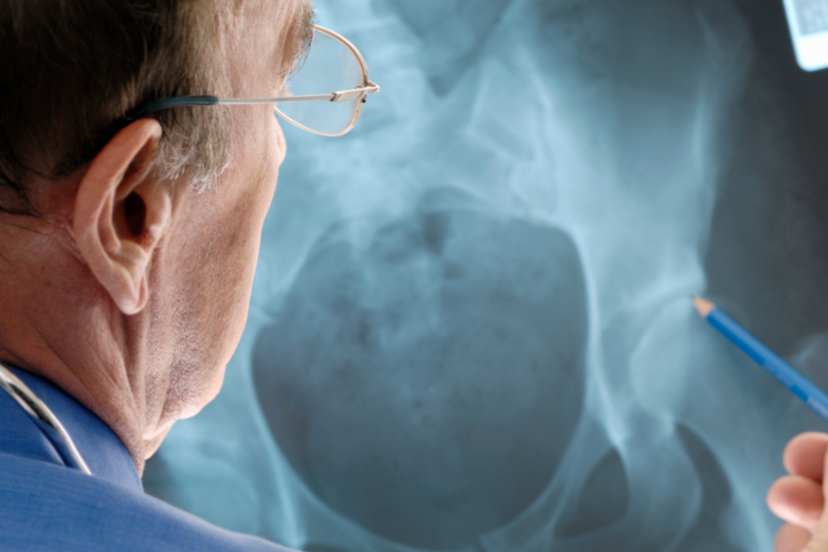Transient Osteoporosis and Your Bone Health Journey
Introduction
Welcome, dear reader, to a journey through the intricate world of bone health. Today, our spotlight is on a condition that might not be a household name but is crucial to understand – transient osteoporosis. In this comprehensive guide, we will unravel the enigma surrounding this condition, exploring its causes, symptoms, treatments, and much more. So, buckle up as we embark on this bone-chilling adventure!
Transient Osteoporosis: A Brief Overview
Let’s kick things off by getting familiar with the term itself. Transient osteoporosis, often referred to as TO, is a temporary bone condition that primarily affects the hip joint. It’s like a stealthy visitor, leaving its mark on bone density for a limited period before vanishing into the shadows.
The Mysterious Onset
Curious about how this condition sneaks into your life? Well, it’s often sudden and uninvited, catching you off guard. One day you’re fine, and the next, you might find yourself dealing with inexplicable hip pain. But fear not; we’re here to shed light on this puzzling phenomenon.
What Triggers Transient Osteoporosis?
Now that we have a glimpse of the elusive transient osteoporosis, let’s dig into what might trigger this temporary upheaval in bone health.
The Hormonal Tango
Ah, hormones – the maestros orchestrating various bodily functions. This condition has a knack for striking during times of hormonal shifts, especially in middle-aged men and pregnant women. The delicate hormonal balance becomes a dance floor for this bone condition.
Stress: The Silent Culprit?
Stress, the silent saboteur of well-being, could also be a player in the transient osteoporosis saga. The body’s response to stress might set the stage for bone density disruptions. Imagine it as a covert operation within your bones, and you’re getting warm.
Symptoms That Whisper “Transient Osteoporosis”
How does one detect the subtle whispers of transient osteoporosis amidst the cacophony of daily life? Let’s decode the signs that your bones might be sending you.
Hip Pain: The Initial Murmur
The first murmur often comes in the form of hip pain. It’s like a secret code your bones send out, hinting at an underlying issue. Dismissing it might be easy, but paying attention can be the key to unlocking the mystery.
Beware the Limited Mobility
As transient osteoporosis establishes its presence, you might notice a decrease in hip joint mobility. It’s like a stealthy ninja restricting your movements. This symptom is a call to action – a signal to delve deeper into the bone’s narrative.
Decoding the Clues
Now that we’ve learned to interpret the whispers, let’s discuss how medical professionals unveil the mystery of transient osteoporosis.
Imaging Techniques: The Detective Tools
X-rays and magnetic resonance imaging (MRI) play the role of detectives in this bone investigation. They reveal the changes in bone density and help connect the dots, confirming whether transient osteoporosis is the hidden culprit.
Bone Density Scans: Unveiling the Story
Bone density scans, also known as dual-energy X-ray absorptiometry (DEXA) scans, are like the storytellers of the bone world. They measure bone density, narrating a tale of strength or vulnerability. In the case of transient osteoporosis, they contribute crucial chapters to the diagnostic story.
Treatments: Navigating the Path to Recovery
Once this condition reveals itself, the next chapter involves plotting a course for recovery. Let’s explore the treatment options available.
Rest and Rehabilitation: Letting the Bones Heal
Sometimes, the best remedy is a dose of good old-fashioned rest. Allowing your bones to recover without unnecessary strain is akin to giving them a healing retreat. Physical therapy might join the cast, guiding your bones back to their resilient selves.
Medications: The Supporting Actors
In certain scenarios, medications might play a supporting role. Your healthcare provider might prescribe medications to alleviate pain and facilitate the bone’s journey towards recovery. It’s like providing a script to help the bones follow their cues.
FAQs About Transient Osteoporosis
Q1: Can Transient Osteoporosis Affect Anyone?
Yes, the condition is an equal-opportunity visitor, impacting both men and women. However, it often chooses its moments during hormonal fluctuations.
Q2: How Long Does Transient Osteoporosis Last?
The term “transient” implies a temporary nature. Generally, the condition resolves within six to twelve months. Timely diagnosis and appropriate management contribute to a quicker rebound.
Q3: Is Transient Osteoporosis Preventable?
Prevention revolves around maintaining overall bone health. Adequate calcium intake, regular exercise, and stress management can be your shields against this transient intruder.
Q4: Can Transient Osteoporosis Recur?
While the condition typically doesn’t make return visits, it’s crucial to stay vigilant about bone health. Following a bone-friendly lifestyle can act as a preventive measure.
Q5: Does Transient Osteoporosis Only Affect the Hips?
Although the hip joint is its favorite haunt, this condition can occasionally make a cameo appearance in other joints. However, it’s not the norm.
Q6: Can Pregnancy Trigger Transient Osteoporosis?
Yes, pregnancy-related hormonal shifts can create an environment conducive to this condition. However, it’s essential to consult with a healthcare professional for proper diagnosis and management.
Conclusion: Navigating the Bone Terrain
In conclusion, transient osteoporosis may be a mysterious visitor, but armed with knowledge, you can face it head-on. From understanding its origins to decoding its symptoms and seeking appropriate treatment, this guide has equipped you to navigate the bone terrain. Remember, your bones are the silent storytellers of your body, and paying attention to their whispers can lead to a healthier, more resilient you.
So, the next time you feel a twinge in your hip or a subtle change in mobility, don’t dismiss it. Your bones might just be sending you a message, and it’s worth listening. Here’s to bone health, resilience, and the power to decipher the language of your bones!




